Mud Camp
Mud.
Oh what a lovely morning to leave the Rose City. The bus packed and shiny, Eva bright and eager and delighted to have Papa all to herself for a spell.
"How long do you want to camp this time?"
she deliberates.
"1000 days"
Yes.
A smooth drive down snaking roads, bright in the new sunstreaked dew. Smooth asphalt gives way to switchbacks, then potholed recovering hell war zone of former logging camps and drunken fisticuffs. Yes welcome to Ladee Flat and 4610 (or the Abbot Road west as history calls it), scourge of the Clackamas, gem in hiding until the Cultural Revolution concludes. If these trees could talk they'd scream.
Well no matter. The locomotives and men no longer spit steam and semen, both lie to rot in their respective holes as they await the rapture.
In the midst of all this mess, a road junction appears. 4611, another dead railroad turned to road in 1930. In truth, it is a reluctant road, almost eager to regain the rotting boilers and bones. Dips, dives, and ruts, large alders reclaiming the muddied strip for her own.
I am in 1st gear for 6 miles. I am white knuckled but exuberant, as each mile passed in hilarious rollercoaster fashion is a moment closer to ending this mad journey. Eva is loving every moment of it as delighted chimp chatter and twinkling eyes radiate from the backseat.
Finally, we arrive.
The end of the road is not for the timid. Here on the ridge of the Roaring River, you can still smell the stink of diesel and woodsmoke and steam and sweat, although the boneframes themselves are no longer sufficient to support and frame flesh. The Earth is still wounded on this circle strip of extraction - "cut it and run!" But beyond lies wonders little changed in 10,000 years.
The fog of my memory recovers the image of Grouse-Huxley Camp (yes, the hypen is essential), just past a muddied strip and on to the promised land of ferns and dew and dripping ancient firs. Yes, just past the mud pit.
I spend 2 hours draining this former road turned to newt pond, smug at my resourcefulness.
After repeated measuring, I deem this mud pit sufficiently drained to attempt crossing, although my instinct attempts to dissuade.
A mighty muddied splash! And after nearly getting bogged into the pit I am able to barely cross and quickly set up camp, hands shaking.
However. The water continues to drain, but the mud coagulates and collects. It is now deeper than before. I realize that I must cross before I am stuck, miles from nowhere with child in tow. Huberis drains quicker than Hindenburg gas until the fateful moment when I go flying through the bog with as much hope as can be mustered. I made it, although just barely. The engine mounting bar has scraped along the top goo, causing a new union of engine and mud, but luckily no damage is caused. New knowledge is gained: a mud/water level just below the exhaust pipe is insufficient clearance.
However. The water continues to drain, but the mud coagulates and collects. It is now deeper than before. I realize that I must cross before I am stuck, miles from nowhere with child in tow. Huberis drains quicker than Hindenburg gas until the fateful moment when I go flying through the bog with as much hope as can be mustered. I made it, although just barely. The engine mounting bar has scraped along the top goo, causing a new union of engine and mud, but luckily no damage is caused. New knowledge is gained: a mud/water level just below the exhaust pipe is insufficient clearance.
Shaking like a leaf, I stop this craziness and set up camp again, but this time on gravel and surrounded by ugly puddles. Sometimes you have to retreat and lick your wounds.
I am able to barely, just barely enjoy the setting sun and down tiny beers to steady my rattled nerves.
The sun falls in a hush and an early bed awaits.
Deep into the night the rhythmic tinkle of rain caresses the sleeping bus, dully shining amongst the alders and their new leaves. In the morning, the mud is renewed, anxious to meld and coat everything.
After a quick breakfast we decide to head down to the Roaring River, as the sun pokes out thru the clouds hesitantly.
A new trailhead T, a soda can in a former life.
Soon we are once again swallowed by forest primeval. A trail where the indigenous once tread still winds its way down to a very remote river, still resembling the land before the White Man did his varied deed.
Same place, 2 years previous. Nice to see how the trail work has survived.
2009
Finally at the bottom, the Roaring River roars and sparkles sweetly in it's bejeweled canyon, an ignored machine of perpetual motion.
Apple of my eye
But no, this dry peace is not to last. Just after returning, the skies again open up with a torment of wet, with taunting sunbreaks and hailstorms.
Our camp becomes a big mud pit.
Our camp becomes a big mud pit.
But any Oakie would feel at home.
But wait! Now with time to exlore, I search the nearby road branches. There are 3, one to a trailhead and road-to-ponds, another to nowhere, and the last - to a lovely camp surrounded by luscious forest. Of course.
Camp Better Than Mud Pits
Disgusted, I return to our mud pit and light a fire using all the tricks possible. It eventually smolders to life just in time for a mighty storm to soak it to it's wooden bones. I watch helpless as it slowly smokes to death.
No matter, it is not terribly cold and Eva is still having a laughing great time in spite of it all. Kids are wonderful, they really are. So much joy and hope and enthusiasm when others would crumble from discomfort.
We laugh into the night surrounded by mud and dripping lanterns.
And then it's time to go home.
No matter, it is not terribly cold and Eva is still having a laughing great time in spite of it all. Kids are wonderful, they really are. So much joy and hope and enthusiasm when others would crumble from discomfort.
We laugh into the night surrounded by mud and dripping lanterns.
And then it's time to go home.
I'd return again to Grouse-Huxley, but not alone.
It is both damaged and pristine, accessible but incredibly remote. Beautiful and ripped apart. Strangely I feel complete, as our lives are lived in metaphor.
It is both damaged and pristine, accessible but incredibly remote. Beautiful and ripped apart. Strangely I feel complete, as our lives are lived in metaphor.
UPDATE
LaDee Flat (where this story takes place) is widely known as a troubled spot in the district. With little funding for law enforcement in a vast stretch of mountainous territory, much of it wilderness, the area has seen more than its share of crime and vandalism despite the wilderness quality of a lot of the land. In fact, many acres were recently added to the newly created Roaring River Wilderness.
Last year after many years of deliberation, the Mount Hood National Forest revised it's rules for vehicles in the forest. This was a long time coming, and hopefully will put an end to the massive damage we've seen on our beautiful and historic hiking trails and natural areas within the Clackamas River Ranger District. I'm sure the vast majority of ATV riders are respectful and mature; however it only takes a few "bad apples" to ruin a reputation - and a forest.
Mount Hood National Forest restricts off-road vehicles to four areas
Published: Friday, August 27, 2010, 4:47 PM By
The Mount Hood National Forest will severely limit off-road vehicles in the woods under a decision announced this week. Responding to a Forest Service directive to get a handle on the noise, damage and intrusive nature of four-wheel-drive rigs and dirt bikes in the nation's forests, Mount Hood is limiting drivers to four areas.
The Mount Hood plan prohibits cross-country travel and restricts off-highway vehicles, or OHVs,
to 146 miles of roads and trails within the sprawling forest, which covers parts of Clackamas, Hood River, Wasco and Multnomah counties, and small portions of Marion and Jefferson counties. Previously, the forest operated on an "open unless posted closed" policy and off-roaders had access to nearly 2,500 miles of roads and trails.
Conservation groups support the decision. Off-highway vehicle drivers in the Mount Hood National Forest cause environmental damage, noise and other problems far out of proportion to their numbers, said Lori Ann Burd, staff attorney for Bark, a Portland-based group that monitors forest management. Some drivers on motorcycles, all-terrain vehicles and four-wheel drive rigs tear through streams and meadows, create illegal trails and endanger hikers, Burd said.
"It's a use that will always have a high impact," Burd said of off-highway vehicles.
Burd said OHV drivers account for less than 1 percent of Mount Hood forest visitors, while 53 percent are hikers. Nationally, about 2.5 percent of "recreation visits" to the forests involve OHV use, according to a forest report.
Eric Fernandez, a wilderness coordinator for the group Oregon Wild, said the Mount Hood National Forest is the first of the state's 12 national forests to finish its OHV plan. Fernandez said the forest staff deserves credit for jumping on the issue.
"I think on Mount Hood we've been successful in highlighting the problems," he said. "They were looking for solutions, and once they got the national directive, it was right in sync with that."
Other national forests in Oregon haven't progressed in a way that conservationists favor.
"On the Siskiyou, 100 miles of the OHV routes are within proposed wilderness areas," Fernandez said. "Mount Hood doesn't have any going into proposed wilderness.
The Blue Ribbon Coalition, an Idaho group that represents off-road enthusiasts, told the Associated Press it supports the idea of controlling off-roading but is disappointed to see it restricted so much.
Areas that remain open to OHVs are routes and staging areas known as LaDee Flats, McCubbins Gulch, Mount Defiance and Rock Creek.
The Mount Hood forest is not considered a major OHV site, but the sport is growing quickly elsewhere in the country, according to Forest Service. Sales of off-road vehicles tripled from 1995 to 2003 nationally. Dealers in Clackamas, Hood River, Multnomah, Washington, Wasco and Clark counties sold 2,999 four-wheeled all-terrain vehicles in 2006, and sold another 2,666 in the first six months of 2007, according to the Forest Service. Sales in subsequent years were not included in the report.
The OHV limitations come as the Forest Service considers how to maintain logging roads no longer used for timber harvesting traffic. The Mount Hood National Forest has about 3,380 miles of logging roads, built when it produced up to 370 million board feet of timber annually, as it did in 1990. Due primarily to environmental restrictions, timber sales now are about 25 million board feet annually, according to forest report. The Forest Service will decide which roads to maintain, close or decommission.
--Eric Mortenson
Conservation groups support the decision. Off-highway vehicle drivers in the Mount Hood National Forest cause environmental damage, noise and other problems far out of proportion to their numbers, said Lori Ann Burd, staff attorney for Bark, a Portland-based group that monitors forest management. Some drivers on motorcycles, all-terrain vehicles and four-wheel drive rigs tear through streams and meadows, create illegal trails and endanger hikers, Burd said.
"It's a use that will always have a high impact," Burd said of off-highway vehicles.
Burd said OHV drivers account for less than 1 percent of Mount Hood forest visitors, while 53 percent are hikers. Nationally, about 2.5 percent of "recreation visits" to the forests involve OHV use, according to a forest report.
Eric Fernandez, a wilderness coordinator for the group Oregon Wild, said the Mount Hood National Forest is the first of the state's 12 national forests to finish its OHV plan. Fernandez said the forest staff deserves credit for jumping on the issue.
"I think on Mount Hood we've been successful in highlighting the problems," he said. "They were looking for solutions, and once they got the national directive, it was right in sync with that."
Other national forests in Oregon haven't progressed in a way that conservationists favor.
"On the Siskiyou, 100 miles of the OHV routes are within proposed wilderness areas," Fernandez said. "Mount Hood doesn't have any going into proposed wilderness.
The Blue Ribbon Coalition, an Idaho group that represents off-road enthusiasts, told the Associated Press it supports the idea of controlling off-roading but is disappointed to see it restricted so much.
Areas that remain open to OHVs are routes and staging areas known as LaDee Flats, McCubbins Gulch, Mount Defiance and Rock Creek.
The Mount Hood forest is not considered a major OHV site, but the sport is growing quickly elsewhere in the country, according to Forest Service. Sales of off-road vehicles tripled from 1995 to 2003 nationally. Dealers in Clackamas, Hood River, Multnomah, Washington, Wasco and Clark counties sold 2,999 four-wheeled all-terrain vehicles in 2006, and sold another 2,666 in the first six months of 2007, according to the Forest Service. Sales in subsequent years were not included in the report.
The OHV limitations come as the Forest Service considers how to maintain logging roads no longer used for timber harvesting traffic. The Mount Hood National Forest has about 3,380 miles of logging roads, built when it produced up to 370 million board feet of timber annually, as it did in 1990. Due primarily to environmental restrictions, timber sales now are about 25 million board feet annually, according to forest report. The Forest Service will decide which roads to maintain, close or decommission.
--Eric Mortenson
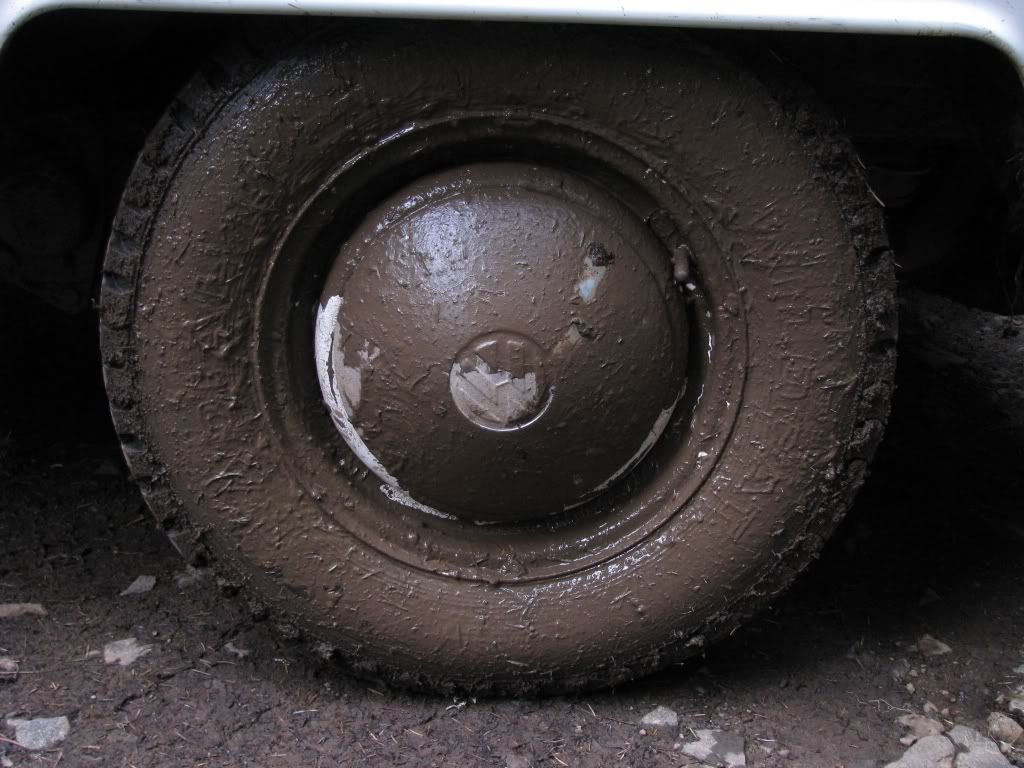
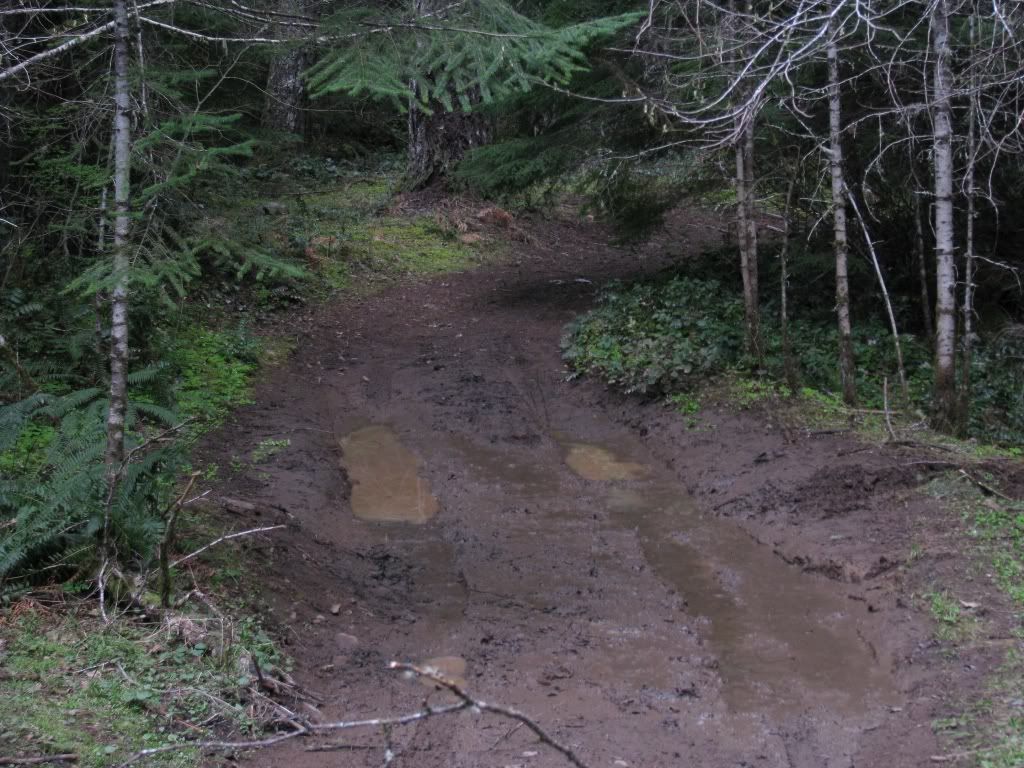
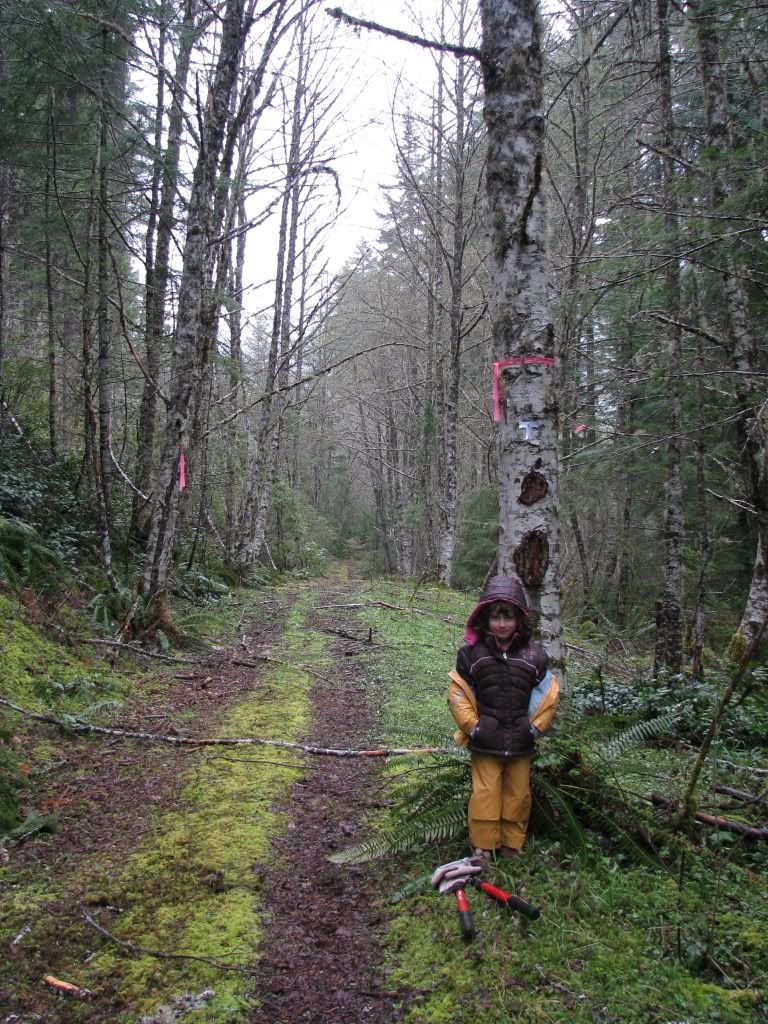
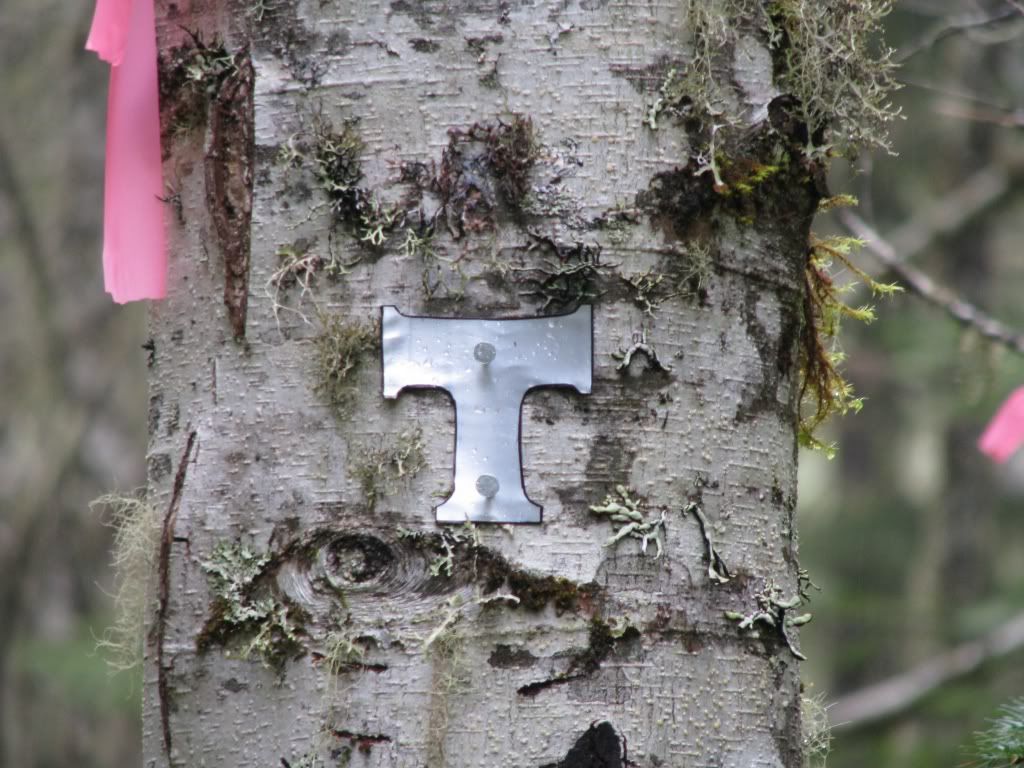
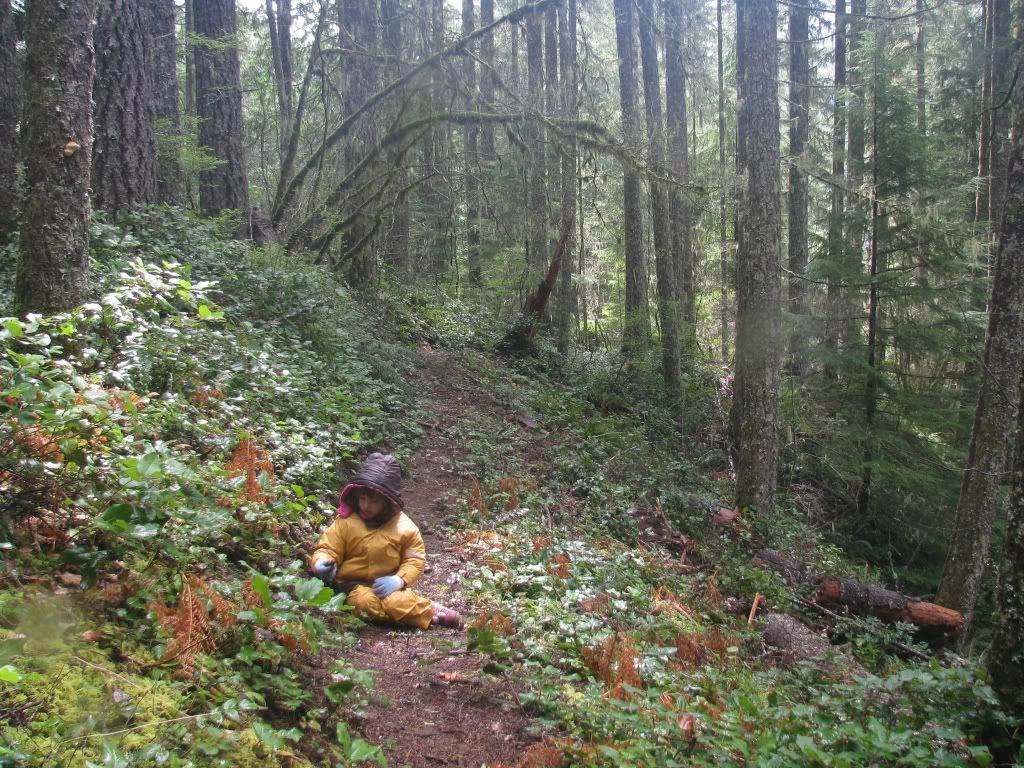


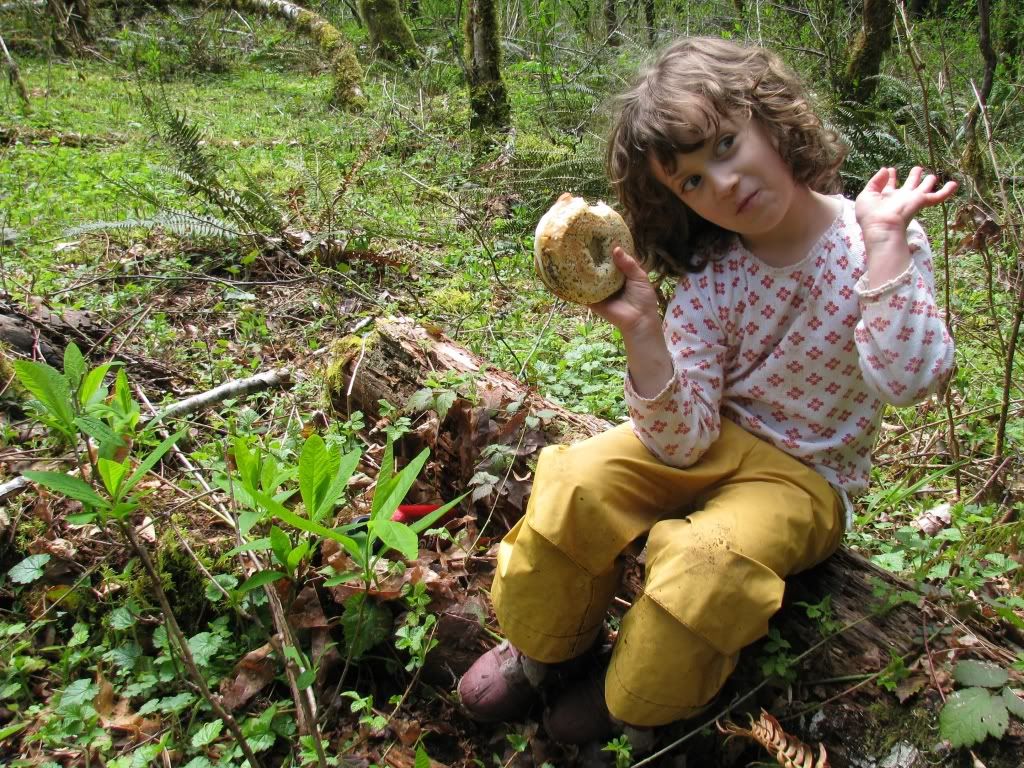
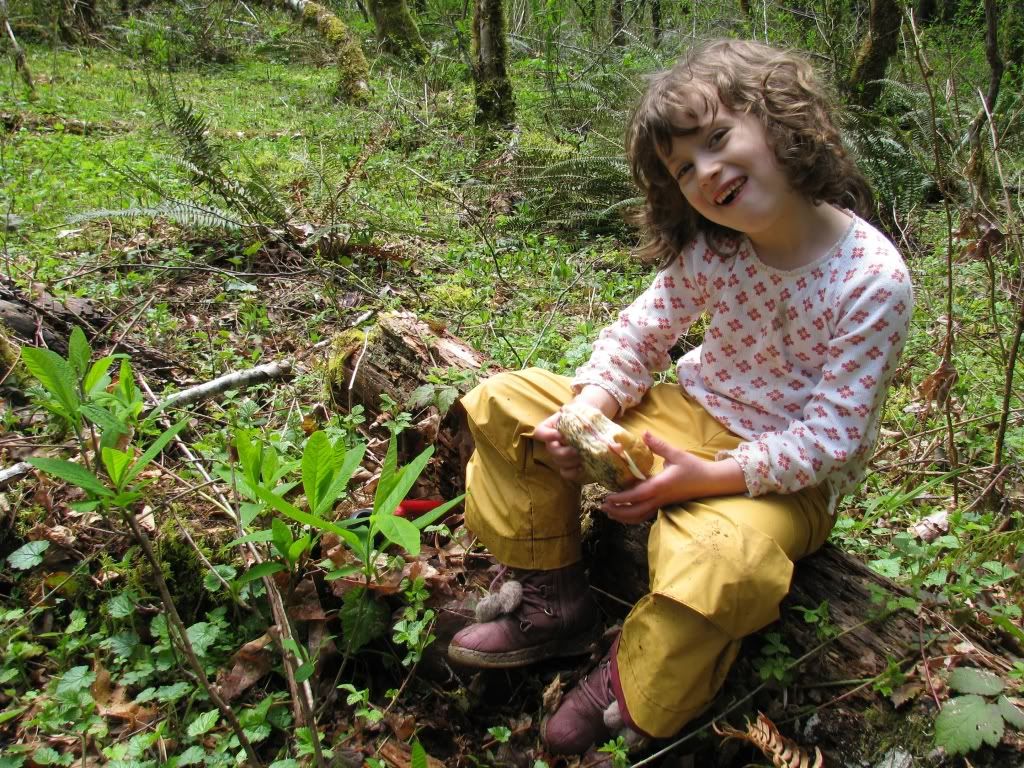
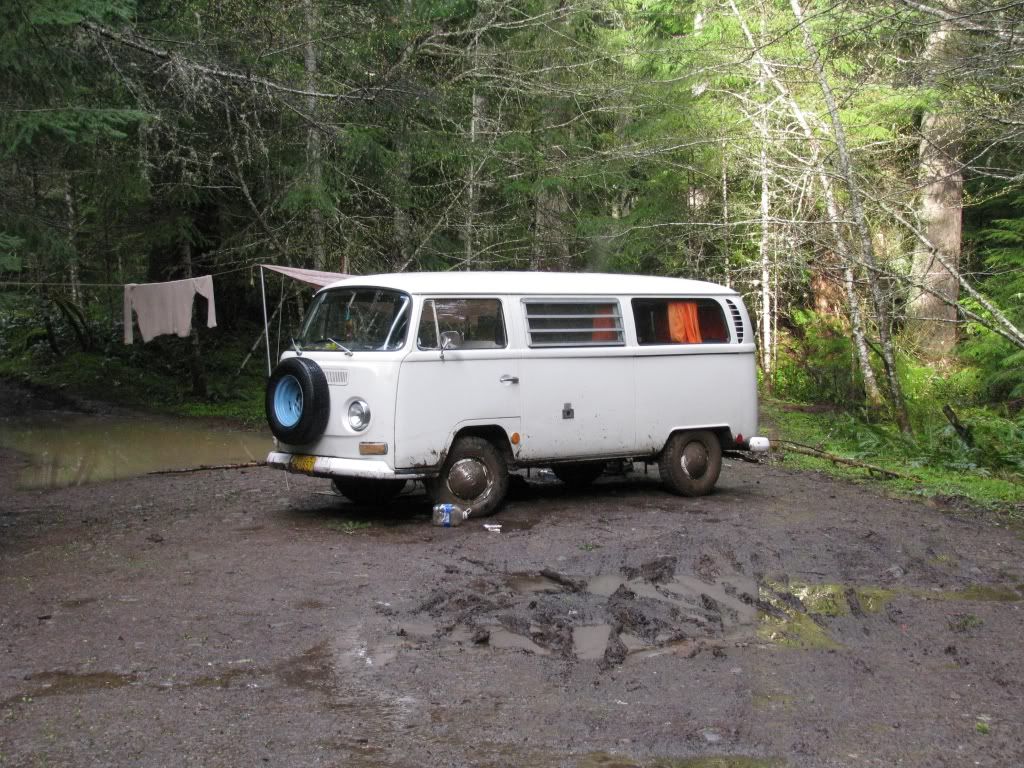
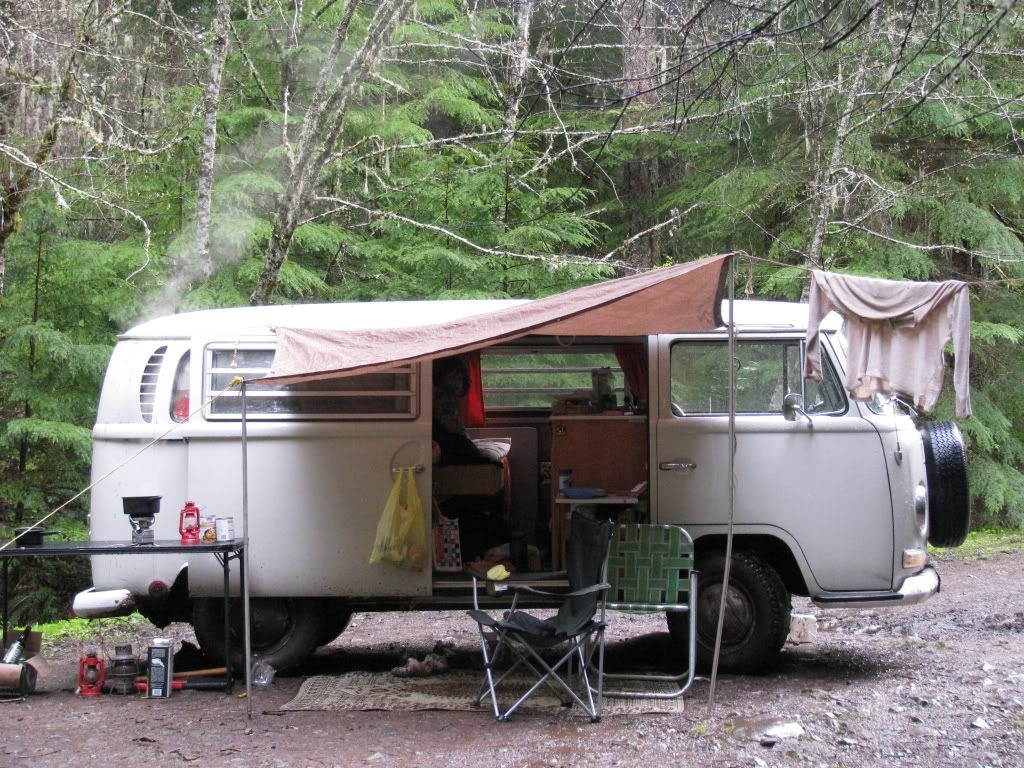
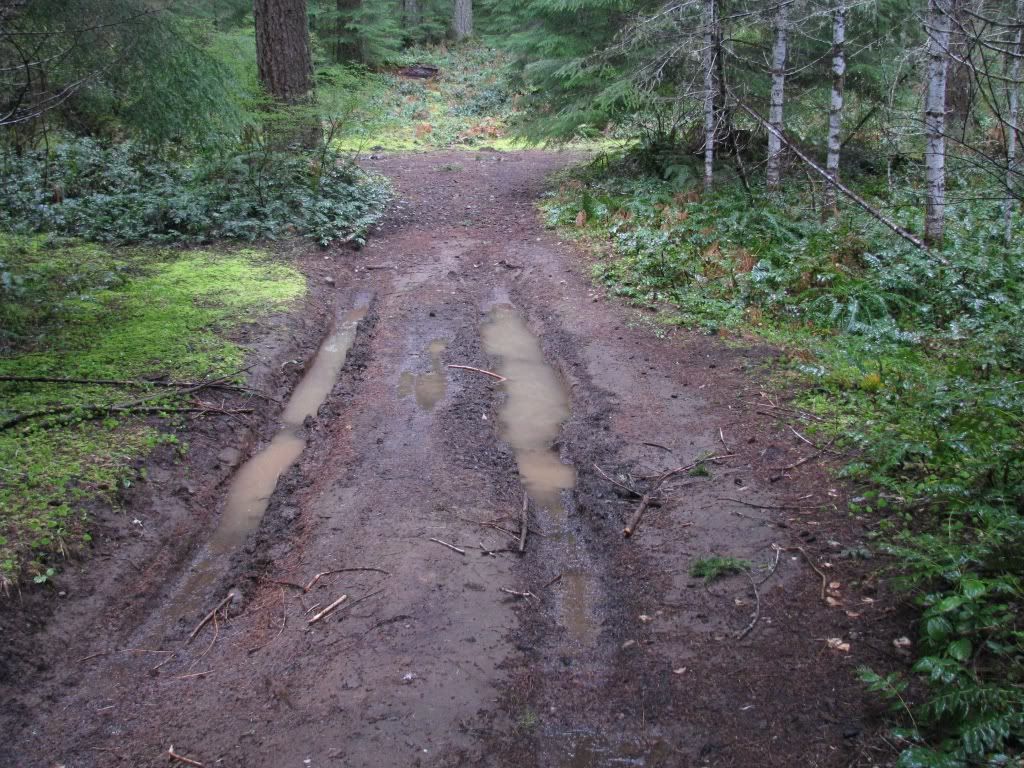


No comments:
Post a Comment